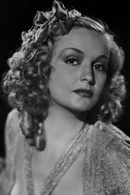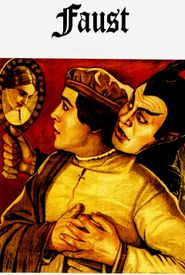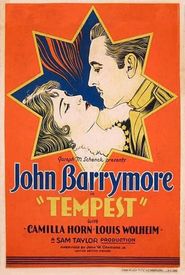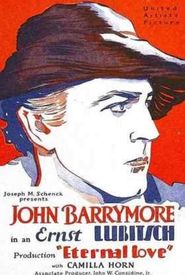Camilla Horn was born into a family of a railroad official and was educated in Germany and Switzerland. She initially pursued a career in fashion, working as a dressmaker and later as an extra in a fashion salon in Erfurt. However, her true passion lay in the performing arts, and she began taking dance lessons in Berlin and acting classes under the guidance of Lucie Höflich.
Camilla's striking beauty and lithe physique soon caught the attention of Rudolf Nelson, who cast her in cabaret revues. Her breakthrough role came in 1926, when she was spotted by director F.W. Murnau and cast as Gretchen in his production of Faust. This role catapulted her to instant stardom, and she soon found herself signed to United Artists in Hollywood, where she befriended Charles Chaplin and studio chairman Joseph M. Schenck.
Schenck's friendship and potential affair with Camilla led to two high-profile starring roles opposite John Barrymore in the melodramas Tempest and Eternal Love. Although neither film was a commercial success, Camilla continued to work in Hollywood, playing a wide range of roles, from baronesses and fashion models to vamps and "fallen women."
As the 1930s progressed, Camilla's film career continued to thrive, with standout performances in films such as Hans in allen Gassen, The Last Waltz, and Fahrendes Volk. During this time, she also conducted a lengthy affair with singer Louis Graveure, who was 15 years her senior.
However, Camilla's outspoken criticism of the Nazi regime eventually put her in serious trouble, and she was forced to keep a low profile. She attempted to flee to Switzerland but was unsuccessful, and instead, she spent the latter half of her career playing grand dames and matriarchs in films and on television.
In 1974, Camilla was awarded the "Filmband in Gold" for her lifetime achievement in the German film industry, and in 1985, she published her autobiography, "Verliebt in die Liebe," in which she recounted her marriages and liaisons.






















